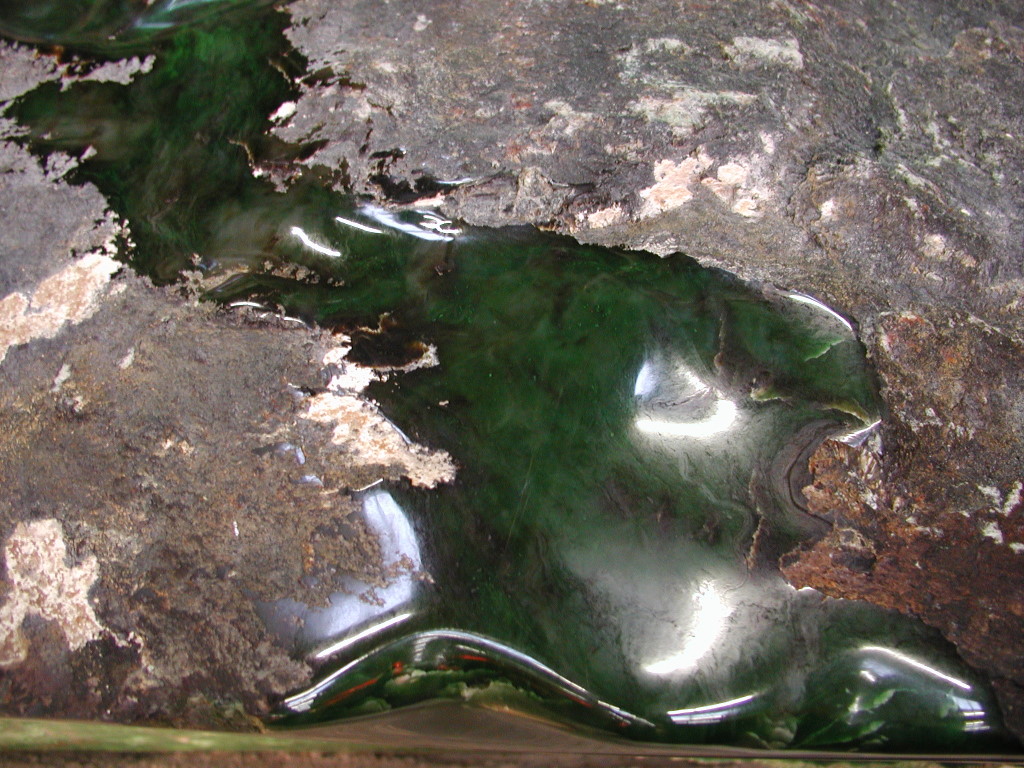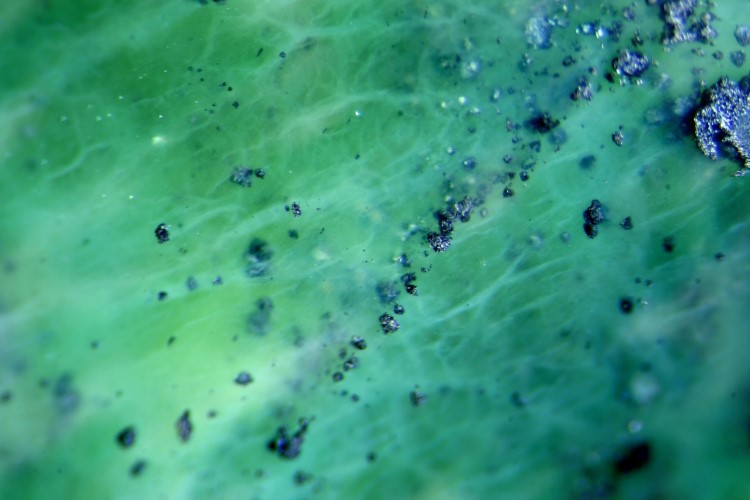
Bright, net-like structures and magnetic, black inclusions in an antigorite serpentinite
Image: K. Sieber, www.makrogalerie.de
When scientists analyzed the chemical composition of chinese "Jade" in the 19th century, they discovered that at least two, completely different minerals were in circulation. First, the mineral jadeite from the pyroxene group. On the other hand finely matted minerals of the (ferro-) actinolite - tremolite solid solution series (Fig. 3), called "nephrite". Therefore it is important to keep in mind that the term jade (see: What is »JADE« ?) is not a mineral name, but a cultural name.
Among the multitude of minerals and rocks that are deceptively traded as "jade" (see: JADE Imitations), the mineral antigorite from the serpentine group is most frequently offered as "jade", "new jade" or "China jade". In this article we give some hints to distinguish jadeite, nephrite and antigorite.
Jadeite - Jade
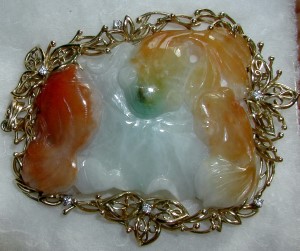
Fig. 1: Jadeite in white, green and brown with vitreous luster
Image: K. Sieber, www.makrogalerie.de
The pyroxenes groupe mineral Jadeite does not occur in large individual crystals, but as granular aggregates whose individual grains are strongly interlocked with each other. Thus it forms a tough and resistant rock, which is called "hard jade" (Fei Cui) in the Chinese cultur.
Pure jadeite is colorless or white. Due to its ability to form solid solution series with other minerals of the pyroxene group, color-forming (chromophoric) elements are introduced in the crystal lattice. Chromium colors jadeite green, iron yellow to brown, and manganese pink to purple (trade name: »Lavender Jade«). The most desirable color of jadeite is a rich, homogeneous, translucent green (trade name: »Imperial Jade«).
Properties
With a hardness of 6½ - 7 jadeite is not particularly hard, but jadeite rocks are very tough, making them difficult to work on. The toughness of jadeite and rock crystal (quartz) differ by a factor of 100 (Fig. 4).
Distinguishing features
Jadeite, as other minerals of the pyroxene group, have a density of 3.2 - 3.4. For the same volume, they are heavier than nephrite (2.9 - 3.1 g/cm³) and much heavier than minerals of the serpentine group (2.4 to 2.8 g/cm³). The hardness of jadeite is slightly higher than of nephrite, but much higher than antigorite.
A quick approach to separate jadeit from nephrite and serpentine gives the somewhat different luster. When well polished, jadeite has a vitreous luster (Fig. 1), whereas nephrite and serpentine have a greasy luster (Fig. 2).
»Nephrite« Jade
»Nephrite« is not a mineral name, but a variety name for amphiboles from the solid solution series of (ferro-) actinolite and tremolite (Fig. 3) with matted-fibrous structure.
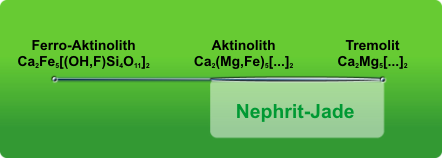
Fig. 3: Actinolite - tremolite solid solution series
Fig: © EPI-Institut
This special structure is the main difference to well crystallised actinolite crystals found in many rocks. The color caused by chromium and iron ranges from yellowish beige ("Mutton Fat Jade"), greenish gray ("Celaron Jade"), dark green to almost black.
Properties
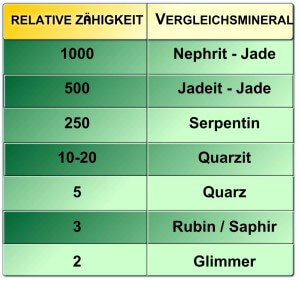
Fig. 4: Relative toughness of some minerals (after Oliver, J.G., 1987)
Fig: © EPI-Institut
The finely matted, fibrous structure, which generates enormous toughness, is one of the most outstanding properties of »Nephrite«. This toughness (not to be confused with hardness, which is roughly equivalent to that of feldspar) makes objects made of »Nephrite« extremely resistant. This is why the material was used for tools and weapons as early as the Stone Age.
Distinguishing features
To distinguish »Nephrite« from other jade rocks or jade-like minerals, the density can be used. The minerals of the amphibole group, which includes actinolite / tremolite / »Nephrite«, have a density of 2.9 - 3.1. The hardness is 6 - 6½. »Nephrite« is therefore softer than quartz (H: 7) and can be scratched by it.
»Nephrite« can be confused especially with serpentine. Both the (fatty) luster (Fig. 2) and the fibrous structure are confusingly similar. However, the density of serpentine minerals is only 2.4 to a maximum of 2.8, making any serpentine mineral reliably distinguishable from »Nephrite« and jadeite.
Another distinguishing criterion is the lower hardness (3 - 5) of serpentine. In practice, the common antigorite serpentinite is abnormally harder (up to 5½) and therefore not easily distinguishable from »Nephrite« on the basis of hardness alone.
Serpentine
"Serpentine" is like "pyroxene" and "amphibole" a name for a whole group of minerals. The serpentine group includes, among others, the minerals antigorite, chrysotile and lizardite. Analogous to the rock names "pyroxenite" and "amphibolite", rocks consisting of more than 90% serpentine are called "serpentinite".
Properties
The physical properties like hardness or density of the minerals within the serpentine group show a wide range due to their different internal structure. In addition, the serpentinite rocks offered in the trade as "Jade" may contain admixtures (e.g. magnetite), which additionally modify the physical data. As a rule, serpentinites have a hardness of 3 - 5½. Thus, they are always scribable with a feldspar (H: 6). The density is between 2.4 and 2.8.
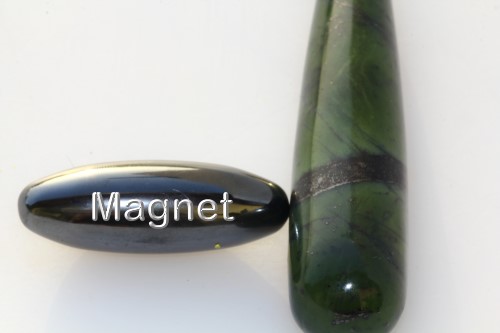
Fig. 5: black magnetite inclusion in an antigorite-serpentinite attracts a magnet
Image: K. Sieber, www.makrogalerie.de
Distinguishing features
From »Nephrite« (hardness 6 - 6½) and jadeite (hardness 6½ - 7), ordinary serpentins are easily distinguishable by their much lower hardness. If two pieces of serpentine are rubbed together, a white powdery abrasion will show, which is not the case with jadeite or nephrite. Silicified antigorite on the other hand is much harder than ordinary serpentine. With a scratch hardness of 5 - 5½, it can no longer be clearly distinguished from jadeite and »Nephrite« by the scratch test. Here it is helpful to determine the density: Antigorite has a density up to 2.8 »Nephrite« between 2.9 and 3.1 and jadeite from 3.2.
Both serpentine and »Nephrite« may contain black inclusions, which are in the case of serpentine usually magnetite, but chromite in the case of »Nephrite«. The presence of magnetite makes the serpentinite rock partly magnetic (Fig. 5).
So if a green "Jade" contains dark gray to black inclusions, then do the magnet test. If the stone and magnet attract each other, then the black inclusions are magnetite and consequently the green rock as a whole is a serpentinite.
In addition, cracks, in the form of a network of lighter lines, resembling a lizard skin are often seen in serpentinite rocks (Fig. 6). Such mesh-like structures do not occur in »Nephrite«.
Ref: Oliver, J.G., Australian Gemmologist 16/8/1987: A review of jade in South Australia
Autor: Dipl.-Min. B. Bruder
© INSTITUT FÜR EDELSTEIN PRÜFUNG (EPI), 2021
read more on this topic:




